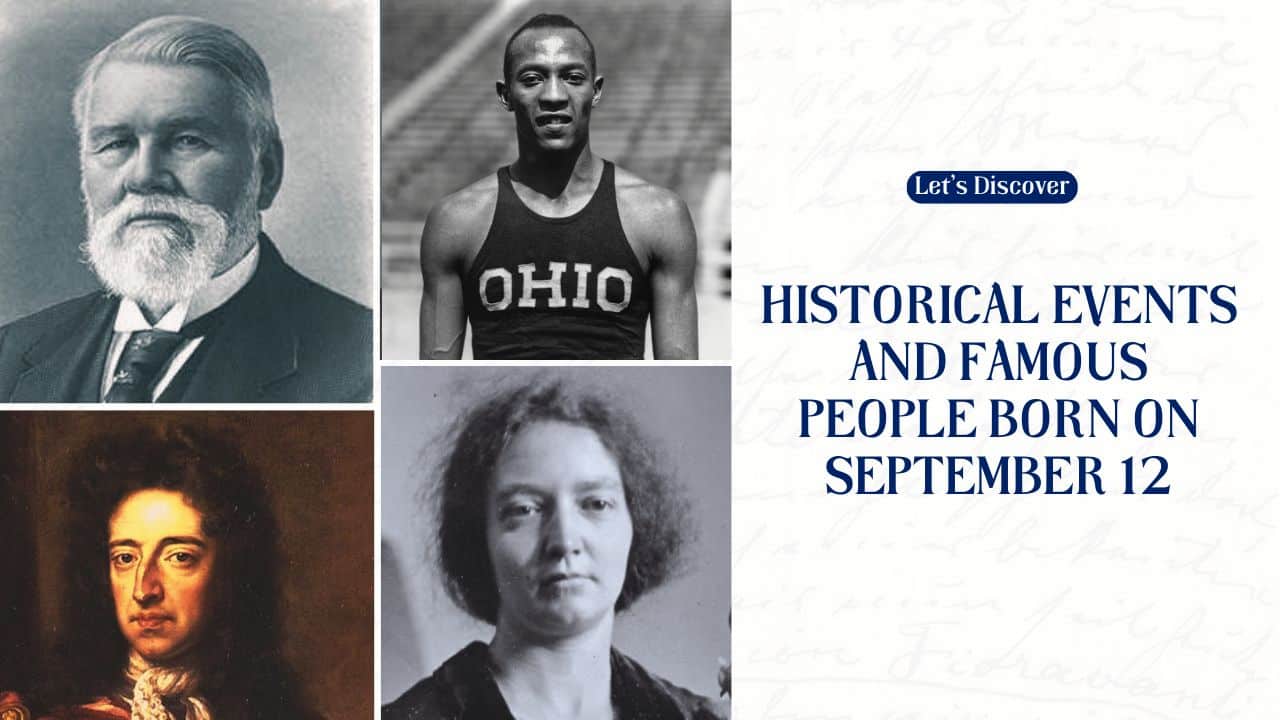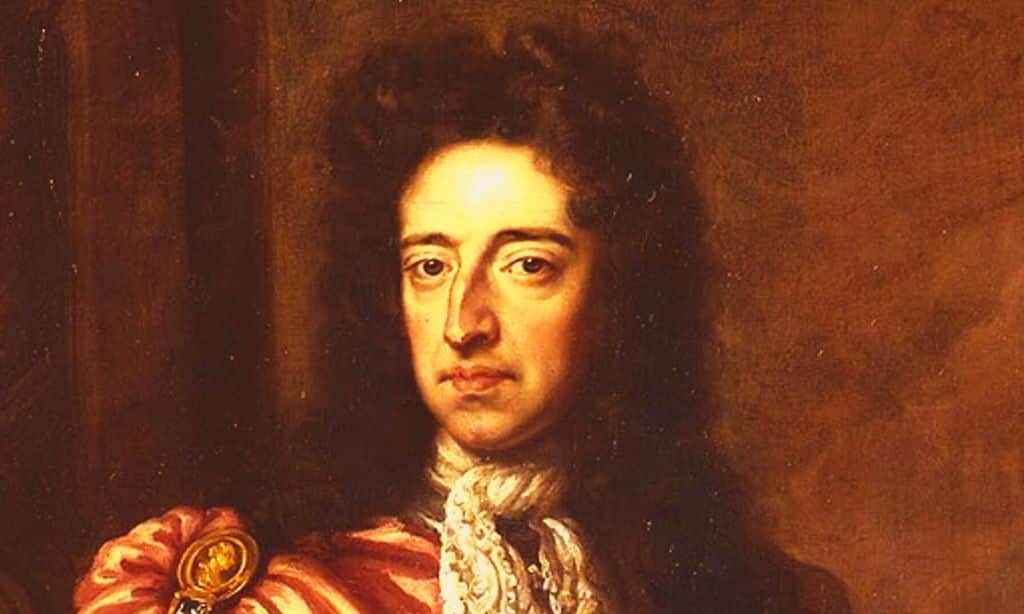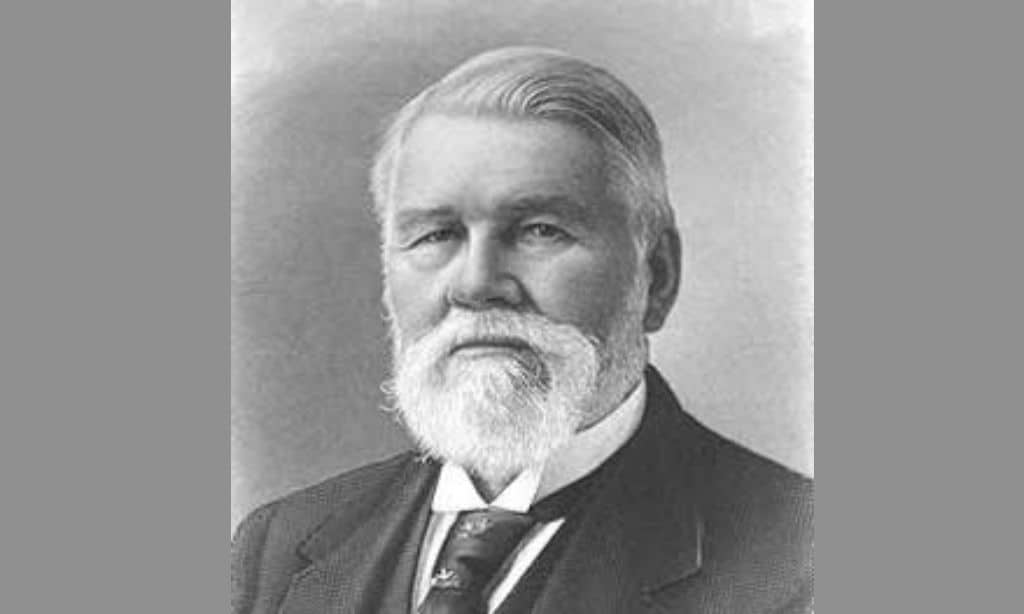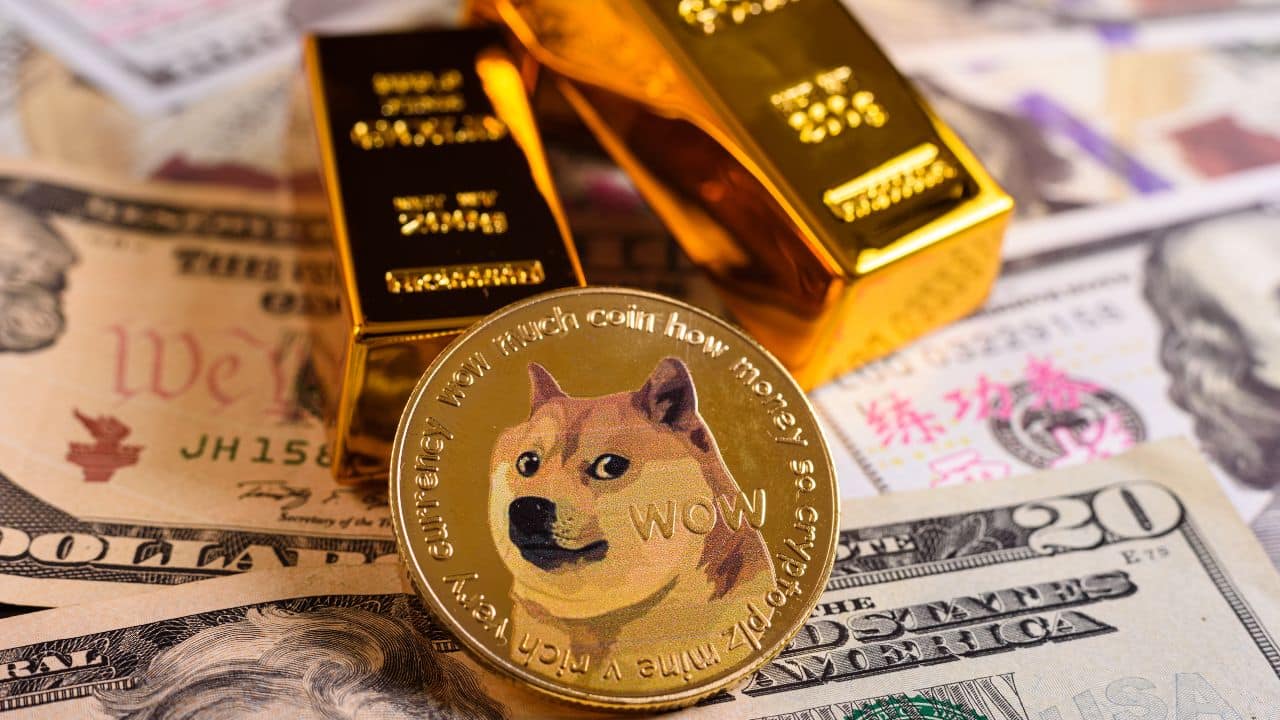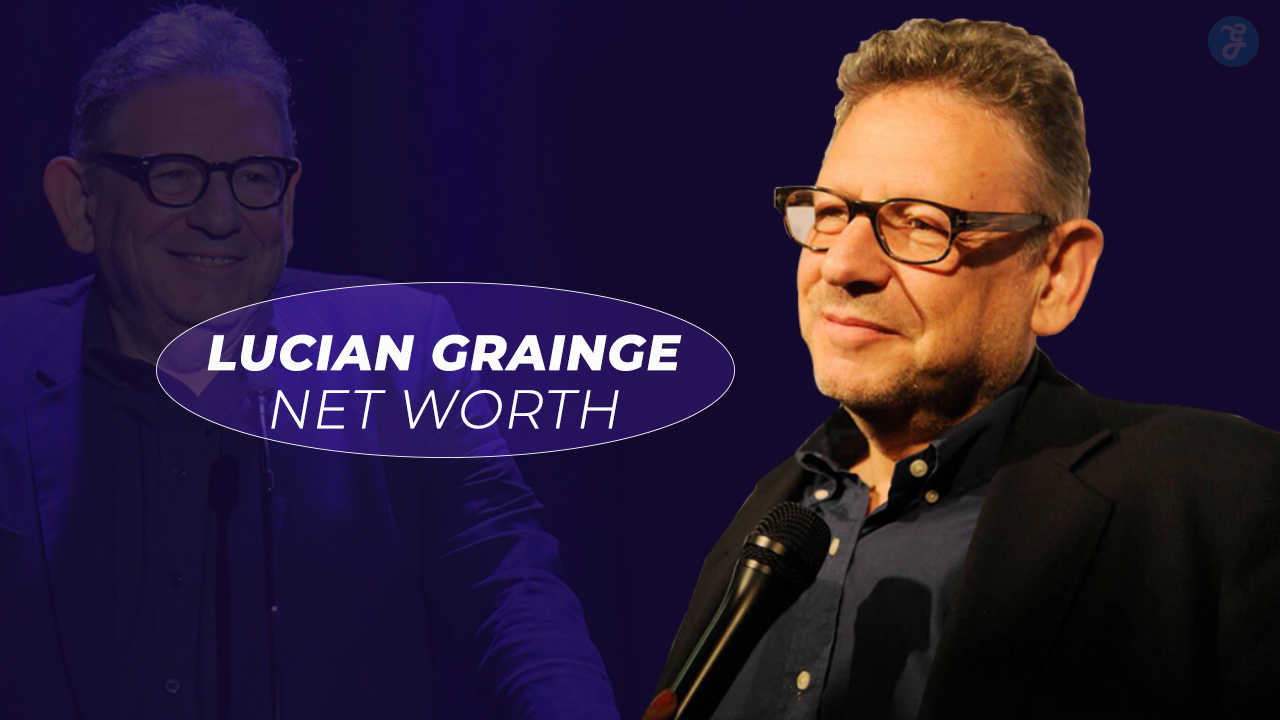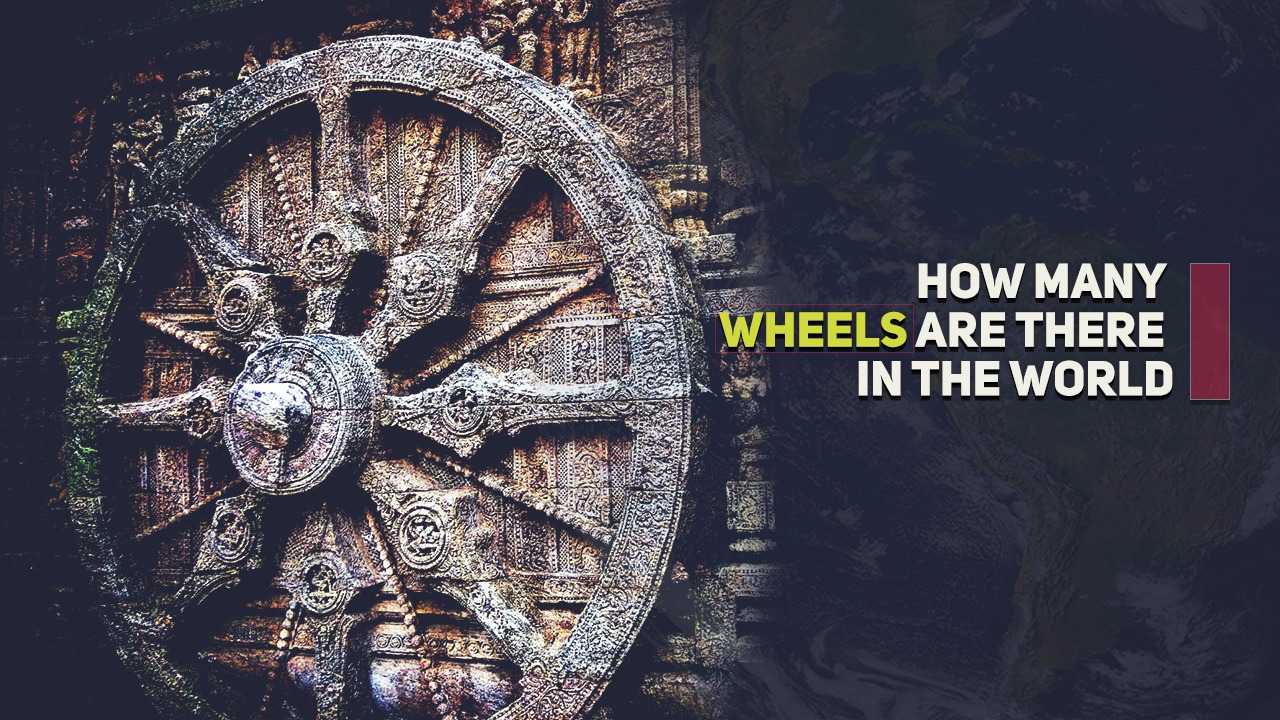September 12 is a day full of amazing events and special birthdays. If we look back in time, we can see that many important things happened on this day. Some great people were also born on September 12. In this article, we’ll learn about five big events that took place on September 12 and five famous people who were born on this day. These events and people have helped shape our world in different ways.
Historical Events of September 12
A. 1543: Treaty of Venlo
On September 12, 1543, a very important agreement called the Treaty of Venlo was signed. This treaty was between William, the Duke of Jülich-Cleves-Berg, and Charles V, the Holy Roman Emperor. The treaty was about a place called the Duchy of Guelders.
Before the treaty, there was a fight over who should control Guelders. William thought it should be his, but Charles V wanted it too. They had been arguing about this for a while.
The treaty said that William had to give up Guelders to Charles V. This was a big deal because it meant Charles V got more land and power. It also meant that William lost some of his power.
This treaty changed things in Europe. It made Charles V stronger and changed how different rulers got along with each other. It’s a good example of how agreements between rulers can change history.
B. 1673: William of Orange occupies Naarden
On September 12, 1673, something important happened in a war called the Franco-Dutch War. Prince William of Orange, who was fighting for the Dutch, took control of a town called Naarden.
Naarden was a special town because it was in a good spot for fighting. It was close to Amsterdam, which was a very important city. By taking Naarden, William made his army stronger and made it harder for the enemy to attack Amsterdam.
When William took Naarden, it helped the Dutch in the war. It showed that they were strong and could fight back against their enemies. This event was one of the reasons why the Dutch ended up doing well in the war.
C. 1758: Charles Messier and the Crab Nebula
On September 12, 1758, a French astronomer named Charles Messier saw something interesting in the sky. He thought he had found a comet, but it was actually something called the Crab Nebula. This mistake led to something very important in astronomy.
Charles Messier loved looking for comets. He wanted to find new ones, but he kept seeing fuzzy things in the sky that weren’t moving. These weren’t comets, but other space objects.
To help himself and other comet hunters, Messier started making a list of these fuzzy, not-moving objects. This list became very famous and is called the Messier Catalogue. Even though he made it to help find comets, it became a very important tool for studying the universe.
The Messier Catalogue helps astronomers find and study things like star clusters and galaxies. It’s still used today, over 250 years later! This shows how a mistake can sometimes lead to a great discovery.
D. 1911: Cy Young vs Christy Mathewson baseball game
On September 12, 1911, two of the best baseball pitchers ever played against each other for the last time. These pitchers were Cy Young and Christy Mathewson. Young played for the Boston Rustlers, and Mathewson played for the New York Giants.
Both Cy Young and Christy Mathewson were amazing pitchers. They could throw the ball so well that it was very hard for batters to hit it. They had played against each other many times before, but this was going to be the last time.
In this game, Mathewson’s team (the Giants) won with a score of 11-2. Even though Cy Young’s team lost, both pitchers showed why they were so famous. This game was special because it was the last time these two great players faced each other on the field.
Both Cy Young and Christy Mathewson later became part of the Baseball Hall of Fame. This means they are remembered as some of the best players ever. Their last game against each other is an important part of baseball history.
E. 1933: Leó Szilárd conceives nuclear chain reaction
On September 12, 1933, a scientist named Leó Szilárd had a big idea while waiting for a red light to change in London. This idea was about something called a nuclear chain reaction, which would later be very important for making nuclear power and weapons.
Szilárd was a physicist who had left his home country of Hungary because of problems there. He was thinking about atoms and energy while walking around London. When he stopped at a red light, he suddenly understood how a nuclear chain reaction could work.
A nuclear chain reaction is when one atom splitting causes other atoms to split, creating a lot of energy. This idea was very important for science and changed the world. It led to the development of nuclear power plants and atomic bombs.
Szilárd’s idea on that street corner in London was the start of a new age in science and world politics. It shows how a single moment of understanding can have huge effects on history.
Famous Birthdays on September 12
A. Francis I of France (1494-1547)
Francis I was born on September 12, 1494, in Cognac, France. He became the King of France in 1515 and ruled until he died in 1547.
| Fact | Information |
|---|---|
| Born | September 12, 1494 |
| Birthplace | Cognac, France |
| Died | March 31, 1547 |
| Title | King of France |
| Reign | 1515-1547 |
| Known for | Promoting arts and culture, starting the French Renaissance |
As king, Francis I did many important things. He helped artists and writers, which made France a center of culture in Europe. This time was called the French Renaissance. Francis I also fought wars to make France stronger and built beautiful palaces like the Château de Chambord.
Francis I is remembered as a king who loved learning and the arts. He started a big library that later became France’s national library. He also made French the official language for government business instead of Latin.
Even though he had some problems as a ruler, like losing wars sometimes, Francis I is still seen as an important king in French history. His support for the arts and learning helped make France a powerful and cultured country in Europe.
B. Richard Jordan Gatling (1818-1903)
Richard Jordan Gatling was born on September 12, 1818, in Hertford County, North Carolina. He became famous for inventing the Gatling Gun, which was the first machine gun that could fire many bullets very quickly.
| Fact | Information |
|---|---|
| Born | September 12, 1818 |
| Birthplace | Hertford County, North Carolina, USA |
| Died | February 26, 1903 |
| Known for | Inventing the Gatling Gun |
| Other inventions | Improvements to bicycles, steam tractors, and flush toilets |
Gatling was very good at inventing things. Before he made his famous gun, he invented machines to help plant seeds and clean rice. But his most famous invention was the Gatling Gun, which he made in 1861 during the American Civil War.
The Gatling Gun could fire many bullets one after another very quickly. It changed how wars were fought. Gatling said he made it to reduce the number of soldiers needed in war, but it ended up being used in many conflicts and made fighting more deadly.
Even though the Gatling Gun is what he’s most known for, Gatling kept inventing other things throughout his life. He worked on making better bicycles, steam-powered tractors, and even toilets. His work showed how one person’s ideas can change technology and history.
C. Irène Joliot-Curie (1897-1956)
Irène Joliot-Curie was born on September 12, 1897, in Paris, France. She was a famous scientist who won the Nobel Prize in Chemistry in 1935. She came from a family of great scientists – her mother was Marie Curie, who won two Nobel Prizes.
| Fact | Information |
|---|---|
| Born | September 12, 1897 |
| Birthplace | Paris, France |
| Died | March 17, 1956 |
| Known for | Work on radioactivity, discovering artificial radioactivity |
| Awards | Nobel Prize in Chemistry (1935) |
| Parents | Marie Curie and Pierre Curie |
Irène grew up surrounded by science. Her parents taught her about physics and chemistry from a young age. She worked with her mother during World War I, using X-rays to help injured soldiers.
After the war, Irène kept studying science. She married another scientist, Frédéric Joliot, and they worked together. Their biggest discovery was artificial radioactivity. This means they found a way to make normally non-radioactive elements become radioactive. This was very important for medicine and other kinds of science.
For this work, Irène and Frédéric won the Nobel Prize in Chemistry in 1935. This made Irène and her mother the first mother-daughter pair to both win Nobel Prizes. Irène kept working in science for the rest of her life, helping to set up France’s first nuclear reactor. Her work helped us understand radioactivity better and led to new ways to treat diseases.
D. Jesse Owens (1913-1980)
Jesse Owens was born on September 12, 1913, in Oakville, Alabama. He became one of the most famous athletes in history. He won four gold medals at the 1936 Olympic Games in Berlin, Germany.
| Fact | Information |
|---|---|
| Born | September 12, 1913 |
| Birthplace | Oakville, Alabama, USA |
| Died | March 31, 1980 |
| Known for | Winning 4 gold medals at 1936 Olympics |
| Events won | 100 meters, 200 meters, long jump, 4×100 meter relay |
| Later career | Public speaker, race relations ambassador |
Jesse Owens was very good at running and jumping. He set many records in high school and college. But he became really famous at the 1936 Olympics in Berlin. At that time, the Nazi party was in charge of Germany and said that some races were better than others. Jesse Owens, an African American, proved them wrong by winning four gold medals.
Owens won the 100-meter race, the 200-meter race, the long jump, and was part of the winning 4×100 meter relay team. His wins were important not just for sports, but also for showing that the Nazis’ ideas about race were wrong.
After the Olympics, Owens worked to help young people and improve relations between different races. He is remembered as a great athlete and someone who helped make the world a little bit better. His story shows how sports can bring people together and challenge unfair ideas.
E. Barry White (1944-2003)
Barry White was born on September 12, 1944, in Galveston, Texas. He became a famous singer known for his deep voice and romantic songs. He was very popular in the 1970s and kept making music until he died in 2003.
| Fact | Information |
|---|---|
| Born | September 12, 1944 |
| Birthplace | Galveston, Texas, USA |
| Died | July 4, 2003 |
| Known for | Deep voice, romantic soul music |
| Famous songs | “Can’t Get Enough of Your Love, Babe”, “You’re the First, the Last, My Everything” |
| Awards | 2 Grammy Awards |
Barry White started making music when he was young. He could play many instruments and started writing songs as a teenager. But it was his deep, smooth voice that made him really famous.
In the 1970s, Barry White became very popular with songs like “Can’t Get Enough of Your Love, Babe” and “You’re the First, the Last, My Everything”. These songs were romantic and had a lot of orchestral music with them. His style of music was called disco and soul.
Barry White won two Grammy Awards for his music. He kept performing and making new songs for many years. Even today, people still love his music. His deep voice and romantic songs made him one of the most recognizable singers in soul and R&B music.
Takeaway
September 12 has been a day of big events and important births throughout history. We’ve seen how a peace treaty, a military action, a scientific discovery, a baseball game, and a moment of inspiration have all happened on this day. We’ve also learned about five very different people born on September 12 – a king, an inventor, a scientist, an athlete, and a singer.
These events and people show us how varied history can be. In just one day, we can see changes in politics, science, sports, and music. It’s amazing to think about how many important things have happened on just this one day of the year.
Learning about these events and people helps us understand our world better. It shows us how things that happened long ago still affect us today. So the next time you see the date September 12, remember all these interesting events and people!
References:
- “Treaty of Venlo.” Encyclopedia Britannica.
- “William III of England.” Royal Museums Greenwich.
- “Charles Messier.” NASA History Division.
- “Cy Young.” National Baseball Hall of Fame.
- “Leo Szilard.” Atomic Heritage Foundation.
- “Francis I of France.” The Official Website of the French Monarchy.
- “Richard Jordan Gatling.” National Inventors Hall of Fame.
- “Irène Joliot-Curie.” Nobel Prize Official Website.
- “Jesse Owens.” Official Website of Jesse Owens.
- “Barry White.” Grammy Awards Official Website.


